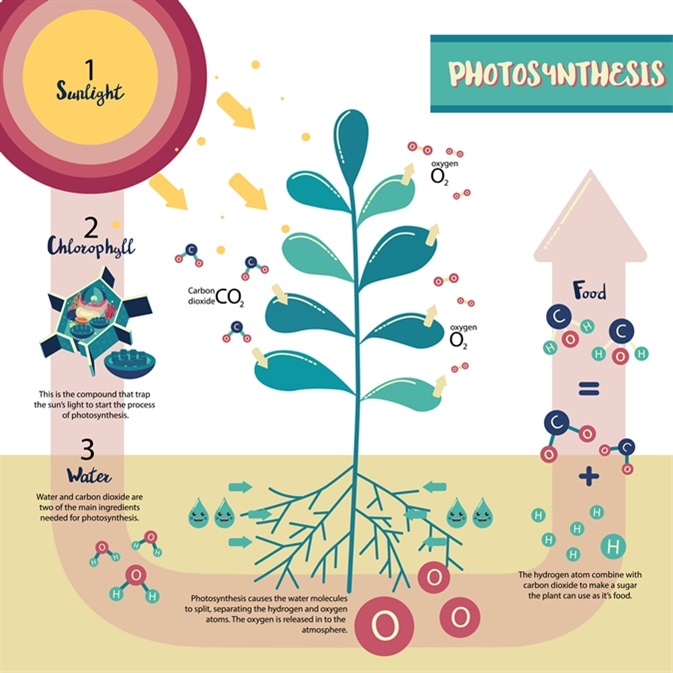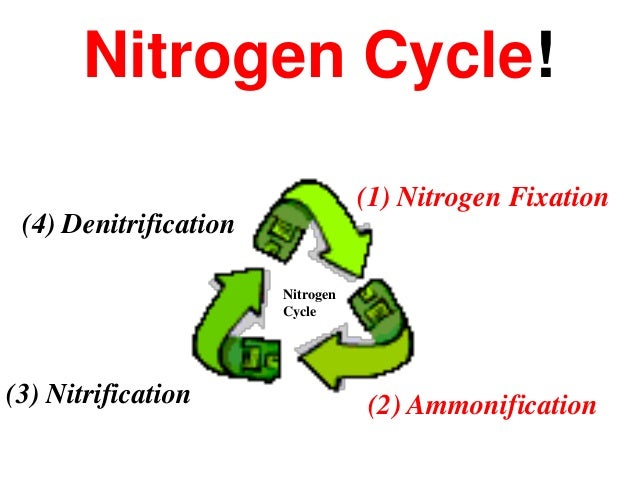| Word |
Definition (or diagram/translation) |
| Particle Theory of Matter |
Theory that describes the composition and behaviour of matter as being composed of small particles with empty space |
| Matter |
Substance that has mass and occupies space |
| Mechanical Mixture |
A heterogeneous mixture which one can physically separate |
| Suspension |
A heterogeneous mixture where insoluble solid particles are distributed throughout a fluid, floating freely/td>
|
| Alloy |
A combination of 2+ metals |
| Mixture |
A substance that is made up of at least 2 types of particles |
| Qualitative property |
A property of a substance that is not measured and doesn't have a numerical value, such as colour, odour, and texture |
| Qualitative observation |
An numerical observation |
| Precipitate |
A solid that separates from a solution |
| Density |
A measure of how much mass is contained in a given unit volume of a substance; calculated by dividing the mass of a sample of its volume (mass/volume) |
| Element |
Element An element is made up of the same atoms throughout, and cannot be broken down further |
| Metal |
a solid material that is typically hard, shiny, malleable, fusible, and ductile, with good electrical and thermal conductivity |
| Pure substance |
A substance that is made up of only one type of particle |
| Atom |
The smallest unit of matter found in substances |
| Solution |
A uniform mixture of 2 or more substances |
| Colloid |
is substance with small particles suspended in it, unable to be separated by gravity |
| Emulsion |
A mixture of 2 insoluble liquids, in which one liquid is suspended in the other |
| Physical Property |
Characteristic of a substance that can be determined without changing the makeup of the substance |
| Characteristic |
A physical property that is unique to a substance and can be used to identify the substance |
| Periodic Table |
a table of the chemical elements arranged in order of atomic number, usually in rows, so that elements with similar atomic structure (and hence similar chemical properties) appear in vertical columns. |
| Compound |
Compounds are chemically joined atoms of different elements |
| Non-Metal |
A substance that isn’t a metal |
## Physical Properties
- A characeristic of a substance that can be determined without changing the composition ("make-up") of that substance
- Characteristics can be determinded using your 5 senses and measuring instruments
- smell, taste, touch, hearing, sight
- scales, tape, measuring meter
## Qualitative and Quantitative Properties
|Type|Definition|Example|
|:---|:---------|:------|
|Quantitative Property|A property that IS measured and has **```a numerical value```** |Ex. **```Temperature, height, mass, density```**|
|Qualitative Property|A property that is NOT measured and has **```no numerical value```**|Ex. **```Colour, odor, texture```**|
## Quantitative physical Properties
- **```Density```**: amount of ```stuff``` (or mass) per unit volume (g/cm |Pyramid|Description|Picture|
|:------|:----------|:------|
|Pyramid of Biomass|Show the **total** amout of `living tissue` available at each `trophic` level. This shows the amount of tissue available for the next `trophic` level.
|Pyramid|Description|Picture|
|:------|:----------|:------|
|Pyramid of Biomass|Show the **total** amout of `living tissue` available at each `trophic` level. This shows the amount of tissue available for the next `trophic` level.  |Numbers Pyramids|Shows the number of organisms at each trophic level per unit area of an ecosystem.
|Numbers Pyramids|Shows the number of organisms at each trophic level per unit area of an ecosystem.  |
|Energy Pyramid|Shows the amount of energy input to each trophic level in a given area of an ecosystem over an extended period.
|
|Energy Pyramid|Shows the amount of energy input to each trophic level in a given area of an ecosystem over an extended period. |
**NOTE FOR ENERGY PYRAMIDS**: In nature, ecological
efficiency varies from `5%` to `20%` energy available between successive trophic levels (`95%` to `80%` loss). About 10% efficiency is a general rule. `Rule of 10’s` at each level.
## Cycles
|Cycle|Description|Picture|
|:----|:----------|:------|
|Water Cycle|Continuous movement of water on, above and below the surface of the Earth|
|
**NOTE FOR ENERGY PYRAMIDS**: In nature, ecological
efficiency varies from `5%` to `20%` energy available between successive trophic levels (`95%` to `80%` loss). About 10% efficiency is a general rule. `Rule of 10’s` at each level.
## Cycles
|Cycle|Description|Picture|
|:----|:----------|:------|
|Water Cycle|Continuous movement of water on, above and below the surface of the Earth| |
|Carbon Cycle|Main Pathway – in and out of living matter|
|
|Carbon Cycle|Main Pathway – in and out of living matter| |
|Nitrogen Cycle|
## Water Cycle
### Key Terms:
- Water moves from one reservoir to another (ocean to
atmosphere, river to lake)
- Evaporation, Condensation, Precipitation, Percolation (Infiltration), Run-off
- Forms: Solid (ice), Liquid (water), Gas (vapour)
### STEPS/PROCESS:
- Exchange of energy leads to:
- Temperature Change, Climate
- Condenses 🡪 occurs during cooler temp
- Evaporation 🡪 happens during warmer temp
- **Evaporation**:
- purifies the water
- New fresh water for the land
- **Flow of liquid water and ice**
- Transports minerals across the globe
- **Reshaping the geological features of Earth**
- Erosion and sedimentation
## Carbon Cycle
- Fourth most abundant element in universe
- Building block of all living things
### STEPS/PROCESSES
- All living organisms contain carbon
- CO2 is a waste product of cellular respiration
- Plants use carbon dioxide and water to form simple sugars (photosynthesis)
- Light Energy --> Chemical Energy
-
|
|Nitrogen Cycle|
## Water Cycle
### Key Terms:
- Water moves from one reservoir to another (ocean to
atmosphere, river to lake)
- Evaporation, Condensation, Precipitation, Percolation (Infiltration), Run-off
- Forms: Solid (ice), Liquid (water), Gas (vapour)
### STEPS/PROCESS:
- Exchange of energy leads to:
- Temperature Change, Climate
- Condenses 🡪 occurs during cooler temp
- Evaporation 🡪 happens during warmer temp
- **Evaporation**:
- purifies the water
- New fresh water for the land
- **Flow of liquid water and ice**
- Transports minerals across the globe
- **Reshaping the geological features of Earth**
- Erosion and sedimentation
## Carbon Cycle
- Fourth most abundant element in universe
- Building block of all living things
### STEPS/PROCESSES
- All living organisms contain carbon
- CO2 is a waste product of cellular respiration
- Plants use carbon dioxide and water to form simple sugars (photosynthesis)
- Light Energy --> Chemical Energy
-  ## Nitrogen Cycle
- The most abudant gas in the atmopshere (~78%)
- `Nitrogen Fixation`: The process that causes the strong two-atom nitrogen molecules found in the atmopshere to break apart so they can combine with other atoms.
- `Nitrogen gets fixed`: Whenit is combined with oxygen or hydrogen.
- An essential component of DNA, RNA, and protenis - the building blocks of life.
- Atmopspheric nitrogen = N2
- Most living organisms are `unable` to use this form of nitrogen
- Therefore, must be **converted** to a usable form!
### STEPS/PROCESSES
-
## Nitrogen Cycle
- The most abudant gas in the atmopshere (~78%)
- `Nitrogen Fixation`: The process that causes the strong two-atom nitrogen molecules found in the atmopshere to break apart so they can combine with other atoms.
- `Nitrogen gets fixed`: Whenit is combined with oxygen or hydrogen.
- An essential component of DNA, RNA, and protenis - the building blocks of life.
- Atmopspheric nitrogen = N2
- Most living organisms are `unable` to use this form of nitrogen
- Therefore, must be **converted** to a usable form!
### STEPS/PROCESSES
-  ### Nitrogen Fixation
## Benefits of Succession
- Provides a mechanism by which ecosysmtems maintain their long term sustainability.
- Allows ecosystems to recover from natural or human caused distrubances.
- Offers hope (New Orleans, New Jersey, Florida, Puerto Rica).
- Time needed is very long.
- Original cause o disturbance must be eliminated.
- Not all disturbances can be repaired.
- Disturbances can be repaired through humans actions that support the natural processes of succession.
## Biodiversity
- The variety
### Nitrogen Fixation
## Benefits of Succession
- Provides a mechanism by which ecosysmtems maintain their long term sustainability.
- Allows ecosystems to recover from natural or human caused distrubances.
- Offers hope (New Orleans, New Jersey, Florida, Puerto Rica).
- Time needed is very long.
- Original cause o disturbance must be eliminated.
- Not all disturbances can be repaired.
- Disturbances can be repaired through humans actions that support the natural processes of succession.
## Biodiversity
- The variety